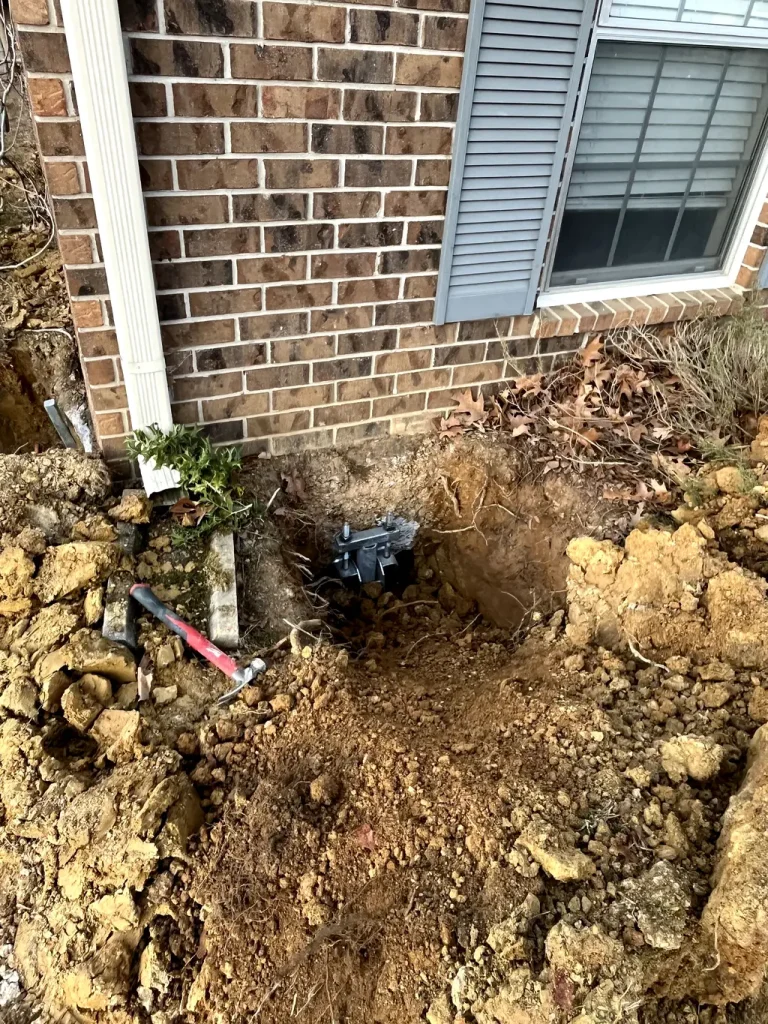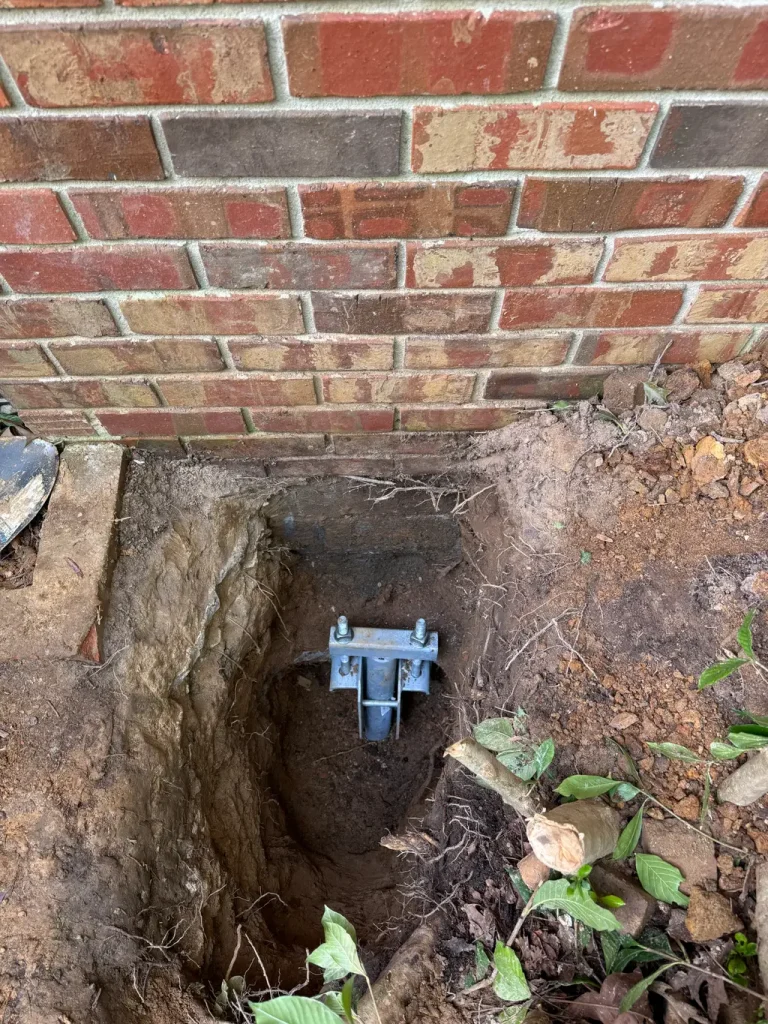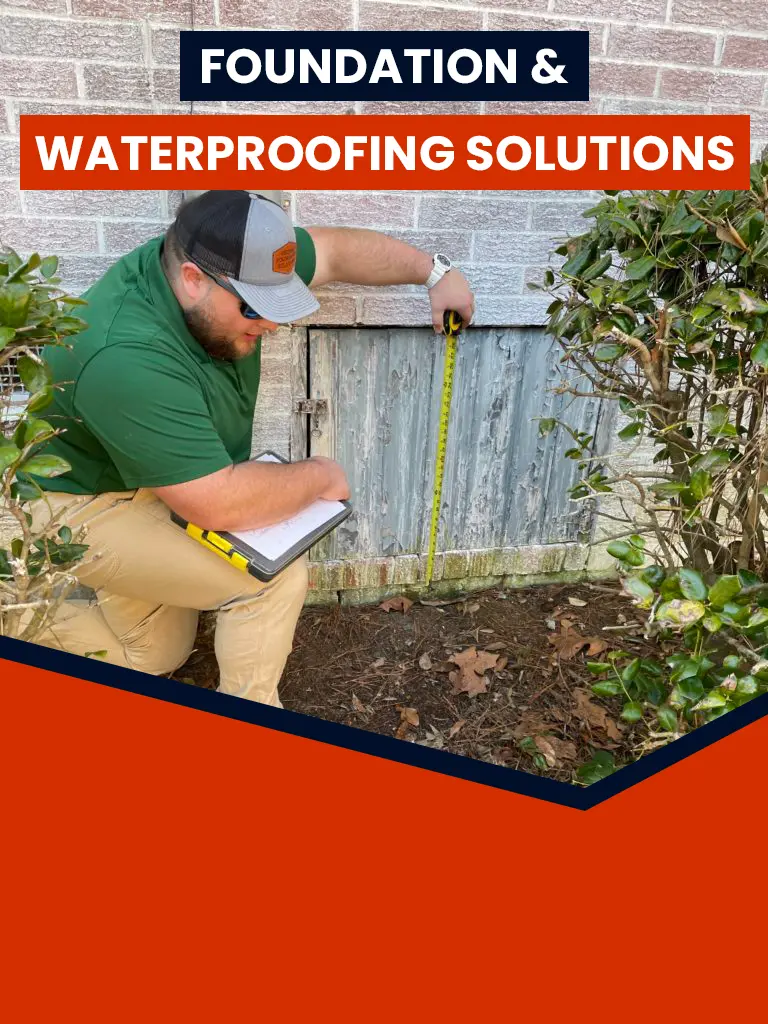When it comes to repairing a sinking or unstable foundation, there are several methods available to homeowners, but one of the most effective and widely used solutions is the installation of helical piers. These screw-like steel piers are driven deep into the ground to provide stable support for homes and structures built on shifting or weak soils. While there are other options available, such as concrete piers, slab jacking, or driven piles, helical piers offer unique benefits that make them a preferred choice for many homeowners and contractors. In this article, we’ll explore the advantages of installing helical piers compared to other foundation repair methods.
1. Versatility in Soil Types and Conditions
One of the major advantages of helical piers is their ability to adapt to different soil types and conditions. Whether the soil is sandy, clay-heavy, or wet, helical piers can be installed to stabilize the foundation. Their design allows them to be driven deep into the ground until they reach a stable layer of soil, bypassing the weaker, upper layers that can cause foundation settling.
In comparison:
One of the most common issues for homes with basements is water intrusion. Because basements are located below ground, they are more vulnerable to groundwater seepage, especially in areas with heavy rainfall or poor drainage. Water can find its way into the basement through cracks in the foundation walls or floor, causing a variety of problems, such as:
- Concrete piers often require stable soil at a shallower depth, which can be problematic in areas with expansive or shifting soils.
- Driven piles may struggle in loose, sandy soils and can be difficult to install in certain environments.
Helical piers, on the other hand, are suitable for almost any environment, making them a versatile solution for homes with foundation issues.
2. Faster Installation Process
Helical piers are quicker and easier to install compared to many other foundation repair methods. They don’t require the heavy excavation that some other methods, like concrete piers, involve. In most cases, helical piers can be installed with minimal disruption to the landscape or the structure itself, and they can be installed in all weather conditions.
In comparison:
- Concrete piers often require digging large holes, pouring concrete, and allowing for a curing time, which can significantly slow down the repair process.
- Slab jacking involves drilling holes into the foundation slab, pumping a grout mixture, and waiting for it to settle, which can take longer and be more invasive.

Helical piers can be installed more quickly, which minimizes disruption to your home and reduces labor costs.
3. Immediate Load-Bearing Capacity
One of the standout advantages of helical piers is that they can bear weight immediately after installation. As soon as the piers are driven into the ground and reach the required torque, they are ready to support the structure. This is particularly important for homes or buildings that need immediate stabilization to prevent further damage.
In comparison:
- Concrete piers require time for the concrete to cure before they can bear the weight of the structure.
- Driven piles may require additional time for testing to ensure they are installed correctly before the load can be transferred.
The immediate load-bearing capacity of helical piers allows for a faster resolution of foundation issues, ensuring that the structure is stabilized right away.
4. Minimal Disturbance to Landscaping
Helical piers are installed using relatively small equipment, and the installation process requires little to no excavation. This makes them an ideal solution for homes where preserving landscaping or minimizing damage to the property is important. Helical piers can be installed in tight or difficult-to-access areas without the need for large machinery or extensive digging.
In comparison:
- Concrete piers often require significant excavation, which can damage landscaping, driveways, and other surrounding structures.
- Slab jacking involves drilling into the foundation, which can leave visible patches on the slab and disrupt interior spaces.
With helical piers, homeowners can stabilize their foundation without the worry of extensive damage to their yard or property.
5. Cost-Effectiveness
Although the cost of foundation repair depends on the specific situation, helical piers are often a more cost-effective solution compared to other methods. Their faster installation time reduces labor costs, and because they don’t require extensive excavation or curing, the overall project timeline is shorter, saving homeowners money.
In comparison:
- Concrete piers can be more expensive due to the excavation required and the need for additional materials and time.
- Driven piles can also be more costly due to the heavy equipment required for installation and the need for deep driving into the ground.

Helical piers are an efficient solution that offers excellent long-term stability while often being more budget-friendly than other foundation repair options
6. Less Invasive to Existing Structures
Helical piers can be installed with minimal disruption to the existing structure. Because they can be driven into the ground with small, handheld equipment, they can be used in areas where access is limited, such as under existing homes, decks, or patios. This makes them ideal for repairs that need to be made without removing or damaging parts of the structure.
In comparison:
- Concrete piers may require significant access to the foundation, which could involve removing parts of the structure or excavating around the foundation.
- Slab jacking requires drilling through the foundation slab, which can leave noticeable holes and disrupt the interior of the home.
The less invasive nature of helical piers makes them a preferred choice for homes where minimizing structural damage is a priority.
7. Long-Term Durability and Stability
Helical piers are made from high-quality steel, designed to resist corrosion and provide long-lasting support for a foundation. Once installed, they offer a permanent solution to foundation settling and shifting, providing peace of mind that the foundation will remain stable for years to come.
In comparison:
- Concrete piers may degrade over time, particularly in areas with fluctuating moisture levels that cause the soil to expand and contract.
- Slab jacking offers a shorter-term fix in some cases, as the grout mixture can settle or erode over time.
Helical piers provide a long-term, reliable solution, often backed by warranties that ensure the foundation’s stability for decades.
Conclusion
When it comes to addressing foundation issues, helical piers offer numerous advantages over other repair methods. They are versatile, quick to install, cost-effective, and less invasive, making them a smart choice for homeowners looking for a long-term solution to foundation problems. Whether you’re dealing with settling soil, foundation cracks, or uneven floors, helical piers provide a durable and reliable method to stabilize your home and prevent further damage.
If you’re experiencing foundation issues and are considering repair options, consulting with a professional contractor who specializes in helical pier installation can help determine if this solution is right for your home.

